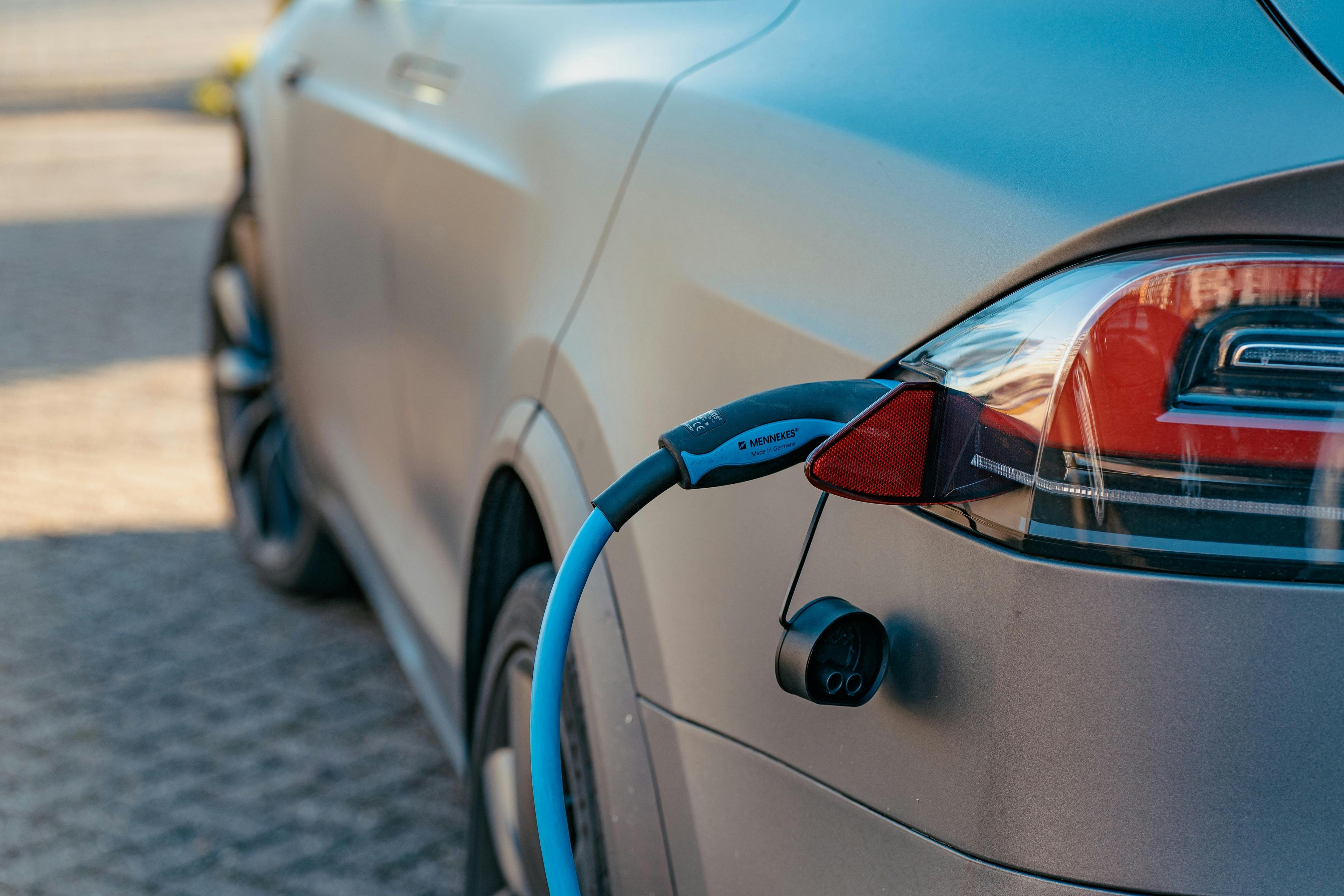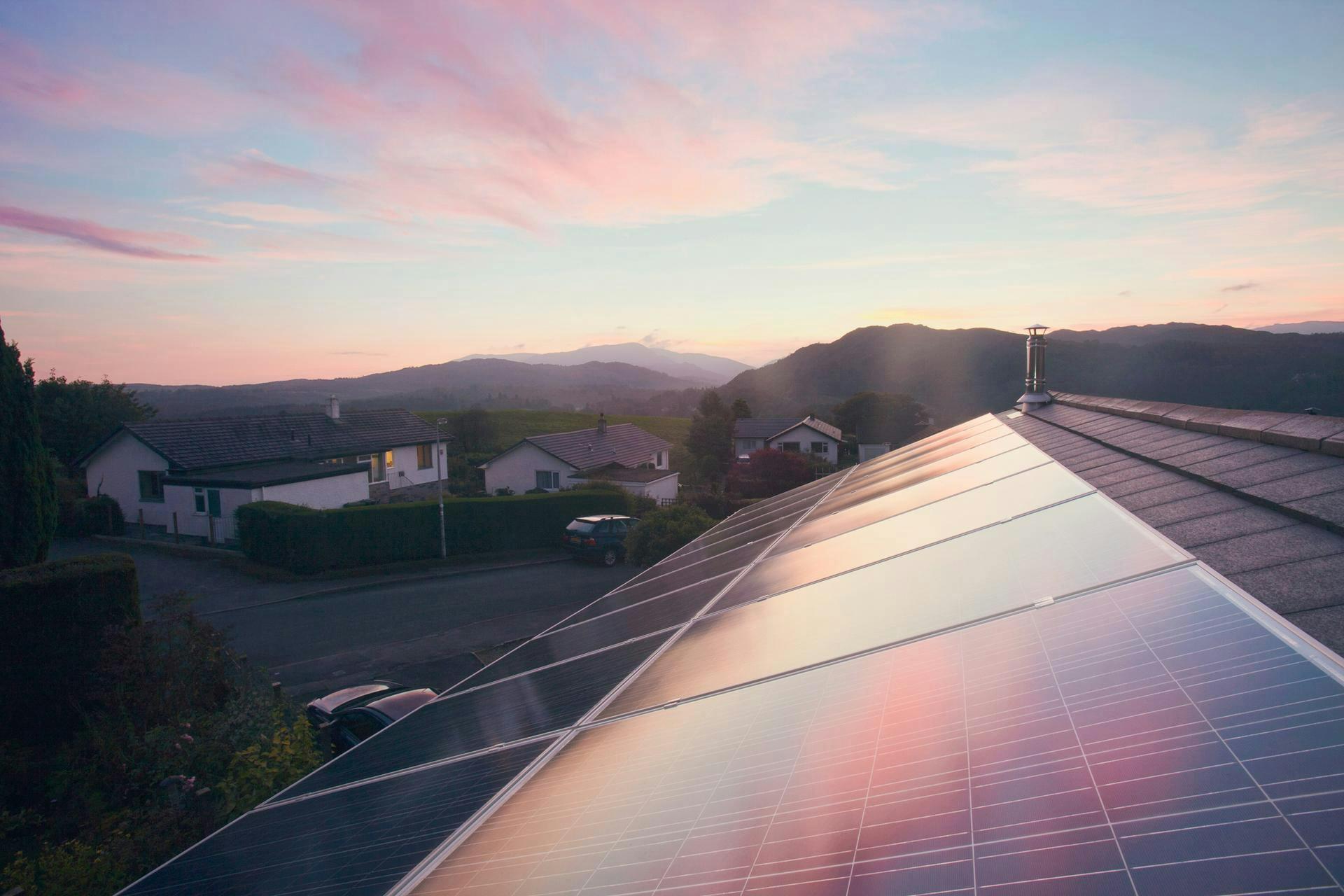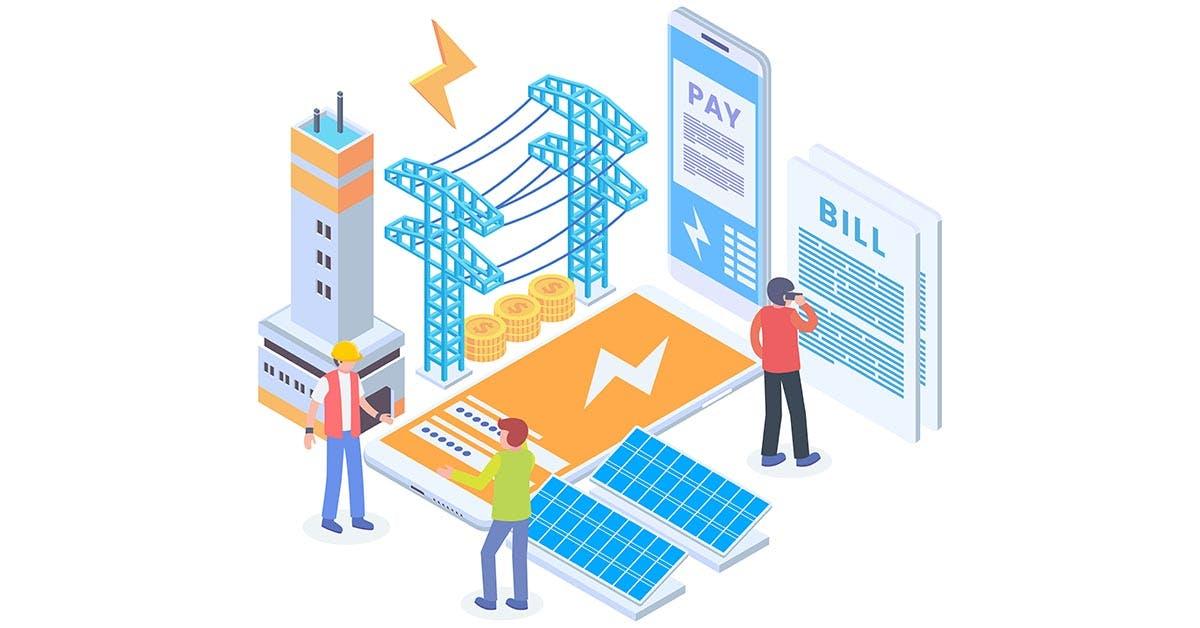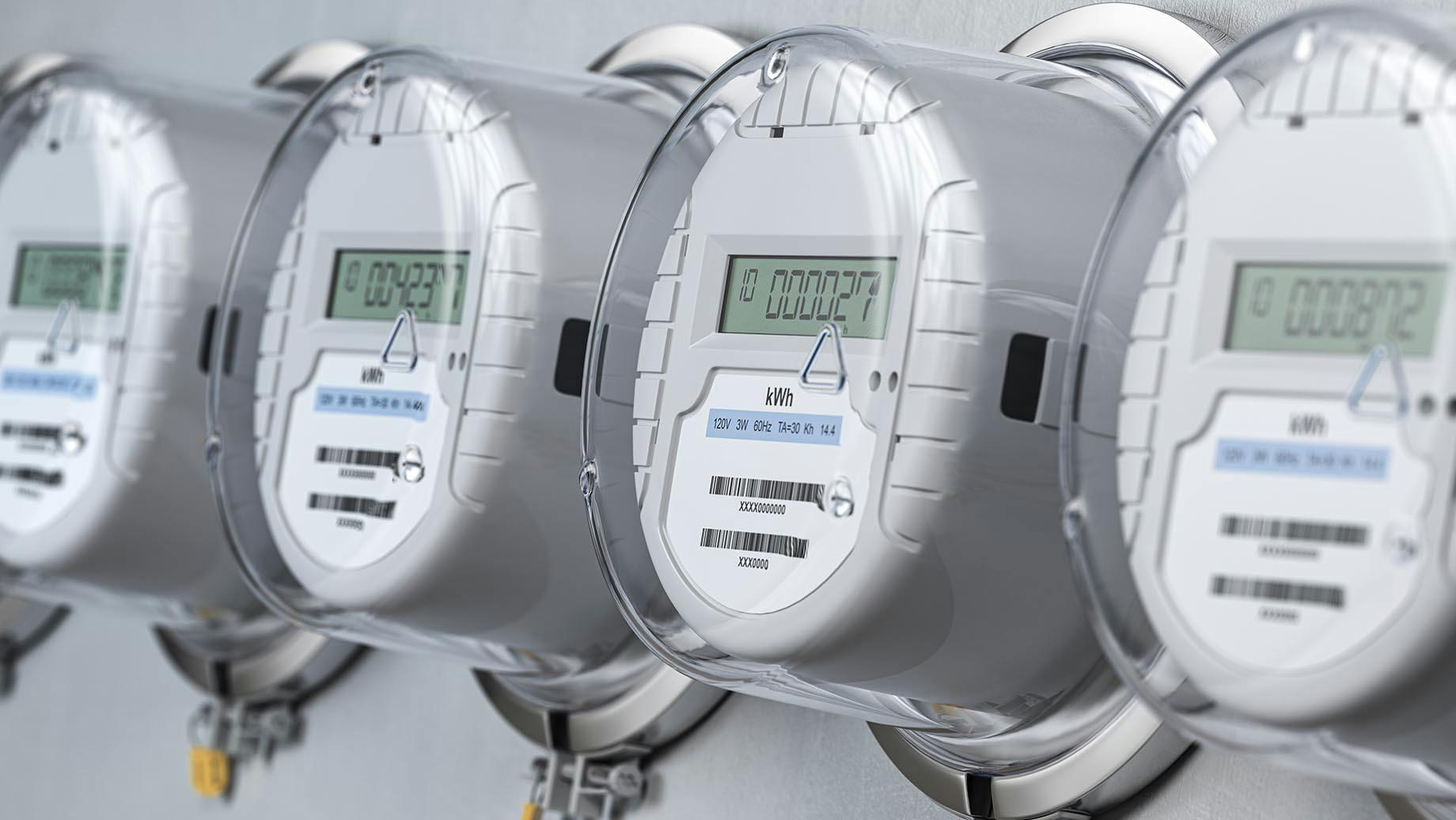
Battery Voltage Chart for Batteries Charged By Solar Panels
Inspire Clean Energy
1 min read
category: Sustainable Living
Don't worry about climate change— do something about it.
Our clean energy plans are the easiest way to reduce your home's carbon footprint.
Switch to clean energyBattery Voltage Chart
| State of Charge | Sealed/Flooded Lead Acid Battery Voltage | Gel Battery Voltage | AGM Battery Voltage |
|---|---|---|---|
| 100% | 12.70+ | 12.85+ | 12.80+ |
| 75% | 12.40 | 12.65 | 12.60 |
| 50% | 12.20 | 12.35 | 12.30 |
| 25% | 12.00 | 12.00 | 12.00 |
| 0% | 11.80 | 11.80 | 11.80 |
Battery Voltage State Of Charge
Checking your solar battery bank state-of-charge
Solar panels are a significant investment, but they can pay off over time as a power source that survives off-grid. Off-grid systems require a solar battery bank of deep cycle batteries to store the electric energy produced. These batteries are essential to your solar power system, so it is vital to look after them and keep them working efficiently.
Of course, solar battery banks and their charge aren’t (yet) common knowledge, so maintaining them or dealing with a problem can be a struggle. They are also expensive, and the maintenance alone makes some people think - how else can I get clean energy into my home for a lower cost?
How can I use clean energy for my main electricity?
It’s important you remember that you are in control of your home’s electricity use – a fact many of us forget. Unless your home is entirely off-grid, you’re relying on a utility company to provide you and charge you for your electricity use.
Did you know you don’t need to pay for coal-driven electricity if you don’t want to? In many states, you don’t have to pay for coal-driven electricity, or wait for an unpredictable bill each month. We’re revolutionizing the way we choose and pay for our energy so giant, expensive systems like solar panels are not necessary to contribute to the world.
We empower our customers to choose clean energy and a subscription plan that’s right for them – that means a stable, monthly bill, with no unexpected fees or the worry that you’re contributing to environmental harm. If you’d like to find out more about how we can help you, click here.
Not sure if renewable energy is right for you? Read the latest Inspire Energy reviews to see how we've helped customers make the switch.
If you already own a solar system, then in this article, we will answer all the most common questions we hear about solar batteries and take you through how to measure the state of charge of your solar battery bank in your home.
How long do solar batteries last?
A solar battery will usually last anywhere from 5 to 15 years. However, if they are looked after well, their life span can be extended up to 25 years, which corresponds to the average lifespan of a solar panel.
You need to be aware that the life of a solar battery is considerably influenced by extreme temperatures. Some batteries will have built-in protection from these temperatures, but if yours do not, you need to make sure you take the necessary precautions.
When a solar battery is exposed to temperatures below 30˚F, it needs a higher voltage to reach its maximum charge. Conversely, when temperatures exceed 90˚F, a solar battery will start to overheat, and so the voltage will need to be reduced so that it does not become overloaded. When either of these situations occurs, even if only temporarily, it affects the lifespan of the battery.
Your deep cycle battery will last longer if the depth of discharge (DOD) is not allowed to get below 50% before it is recharged.
What is a deep cycle battery?
A deep cycle battery is made up of a group of individual 2-volt cells, which store energy produced by photovoltaic grids (i.e., solar panels). The cells within the deep cycle battery convert unused electrical energy into chemical energy, which is then converted back into electrical energy only when it is needed. These batteries are known as “secondary batteries” because they can be recharged and used again and again for years.
How do I measure solar battery charge?
Solar battery charge is measured in terms of state-of-charge (SOC) – otherwise known as the voltage within the battery. If you want to know how to check what charge your solar battery has, just keep reading!
What is the state-of-charge of a battery?
The state-of-charge is how much charge is left within a single deep cycle battery or a solar battery bank. The state-of-charge voltage varies slightly depending on the type of deep cycle battery being used. This could be a sealed or flooded lead-acid battery, a gel battery, or an AGM battery, and it will further vary for different brands.
The age of the battery, along with weather or climate conditions, will also affect the SOC of a battery as they eventually cause a reduction in the full amount of charge a battery can hold. This is why it is essential to check the SOC regularly so you can ascertain the health of each deep cycle battery in your solar battery bank.
How do I check a battery state of charge?
If you don’t have a solar voltage regulator or solar charge controller, the simplest way to check a battery state of charge is with a multimeter. Many lead-acid batteries will be fitted with a removable cap that will enable you to measure the specific gravity with a hydrometer, which is the most reliable way to determine the state-of-charge. This is what tells you the SOC voltage in each cell of the battery.
Make sure that you only take battery SOC readings when it is not receiving any charge. In other words, at night or on a dark day. This means you are able to obtain a more accurate reading than if the battery were being charged.
How do you recharge solar batteries?
Solar panels charge deep cycle batteries through the use of a solar charge controller. The controller ensures that the maximum possible output of the solar panels is put into the batteries without being overcharged.
A solar battery bank will take in an unusually high voltage when it is first being charged since the battery SOC is at its lowest. As the deep cycle battery absorbs more and more charge, the rate of charge will slow down until it is fully charged.
If, for any reason, you want to charge your battery without the use of a solar panel, you can do so using a standard mains battery recharger.
How long do solar batteries take to charge?
The length of time a solar power battery will take to charge depends on the type of deep cycle battery being used and its size.
Generally, a solar panel that provides 1 amp of electrical energy will fully charge a battery in 5 to 8 hours in full sunshine, but this time can be increased as the angle of the sun changes or if it becomes overcast.
How do I know if my solar panel is charging?
If you have a solar charge controller, it will show you how much electricity is being produced by the solar panel, as well as how much current is being put out.
If, however, you do not have a solar charge controller and your battery is directly connected to a solar panel, you will need to check if it is charging in an alternative way. As we talked about above, this is where you will need a digital multimeter to measure DC voltage using probes, one red, and one black.
Three simple steps to know if your solar panel is charging:
- First, you should measure the voltage of the solar panel itself. Attach the red probe to the positive terminal and the black probe to the negative terminal, with the multimeter on the DC voltage setting. If it is working correctly in the sunlight, it will show a voltage of 10 to 17 volts, but if no voltage is being shown, there may be a problem with the connection on the solar panel itself.
- Next, you should measure the voltage of the point where the solar panel is connected to the battery. You will need to disconnect the battery and measure the voltage of the wires. This voltage level should be very slightly less than the voltage measured on the actual solar panel, but if there is no voltage reading, there may be a break in the connection along the wires.
- Finally, you can measure the voltage of the battery itself, with the wires still unattached. Make a note of this voltage. Put your solar battery back together and let it charge, then retake a voltage reading at the end of the day. If the voltage has increased from your first measurement, that means the battery is charging successfully.
Can you overcharge a battery with a solar panel?
Yes, you can overcharge a battery using a solar panel. Most photovoltaic panels that are 12v will produce around 16 to 20 volts, and most deep cycle batteries will only need about 14 to 15 volts to be fully charged. As we touched on above, a solar charge controller is used to ensure a battery does not get overcharged.
How do you test a solar battery bank?
It is a good idea to regularly check the condition of your solar bank, and there are a couple of ways to do this:
The first way to do this is the easiest: first, charge the deep cycle batteries within your solar battery bank fully. Next, check the voltage of each battery using a multimeter and make a note of each level, then let them sit without a connection to any solar panel for a few days. After this time, check the voltage of each battery within your solar bank again. If the voltage within a battery has decreased without usage, that means that it has a defect, most likely one of the cells within it has stopped working.
Alternatively, you can test each battery in your solar battery bank by applying a load to each one, this could be something like a lightbulb or a heater. With this method, you need to record the initial voltage of the battery, then connect the load and keep it running for somewhere between 30 to 90 seconds and re-record the battery voltage. Compare the second recording against all the batteries in your bank, and any battery with a fault will show a more significant drop in voltage than the others.
Why maintain your solar bank battery?
When your solar battery bank is maintained correctly, you can get the most out of your solar power system so that it lasts for many years. Not only is it a renewable energy source, and therefore beneficial to the environment, it will save you money in the long term!
If you're looking for an easy way to utilize renewable energy like solar without the hassle of all the components and hardware, then consider Inspire. Get energy from renewable sources straight to your home.
To get started, visit our homepage and enter your address and/or ZIP Code. If Inspire’s clean energy supply plans are available in your area, you can proceed with linking your utility and discover the beginning of consistent and predictable monthly energy bills.
Access clean energy for one flat monthly price—subscribe today.
Don't worry about climate change— do something about it.
Our clean energy plans are the easiest way to reduce your home's carbon footprint.
Switch to clean energy
Inspire Clean Energy
We're on a mission to transform the way people access clean energy and accelerate a net-zero carbon future.
Learn more about Inspire →Explore more
Recent Posts
Top Articles





















